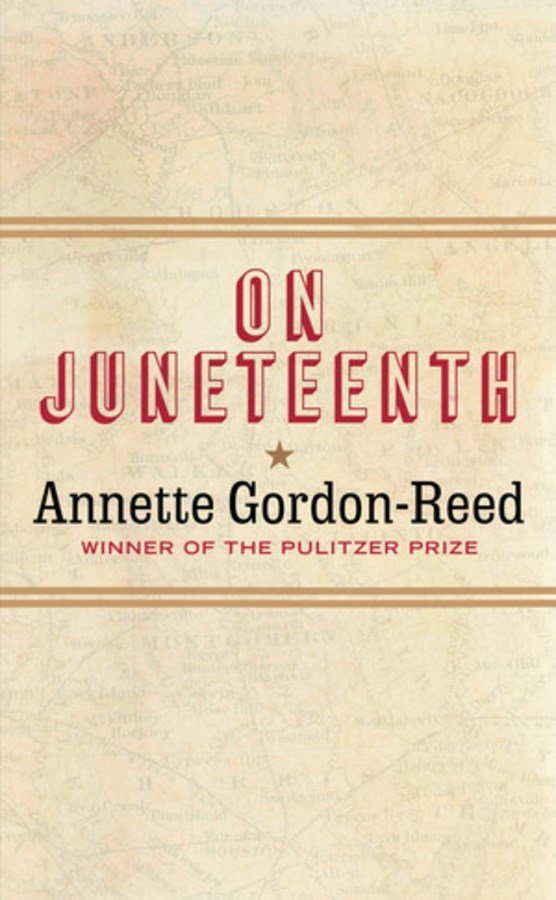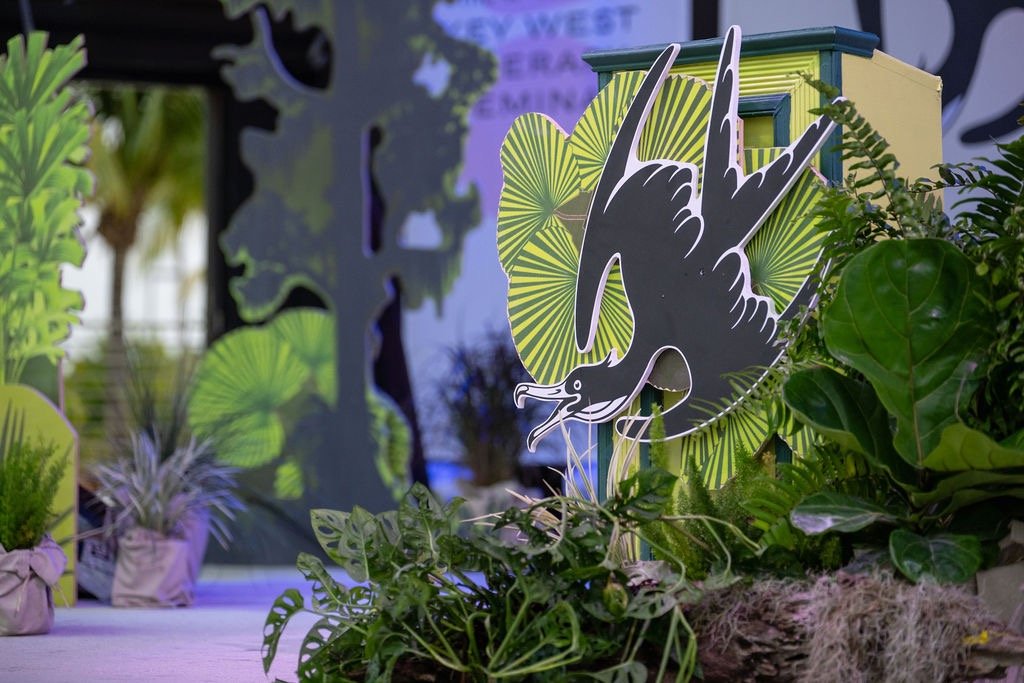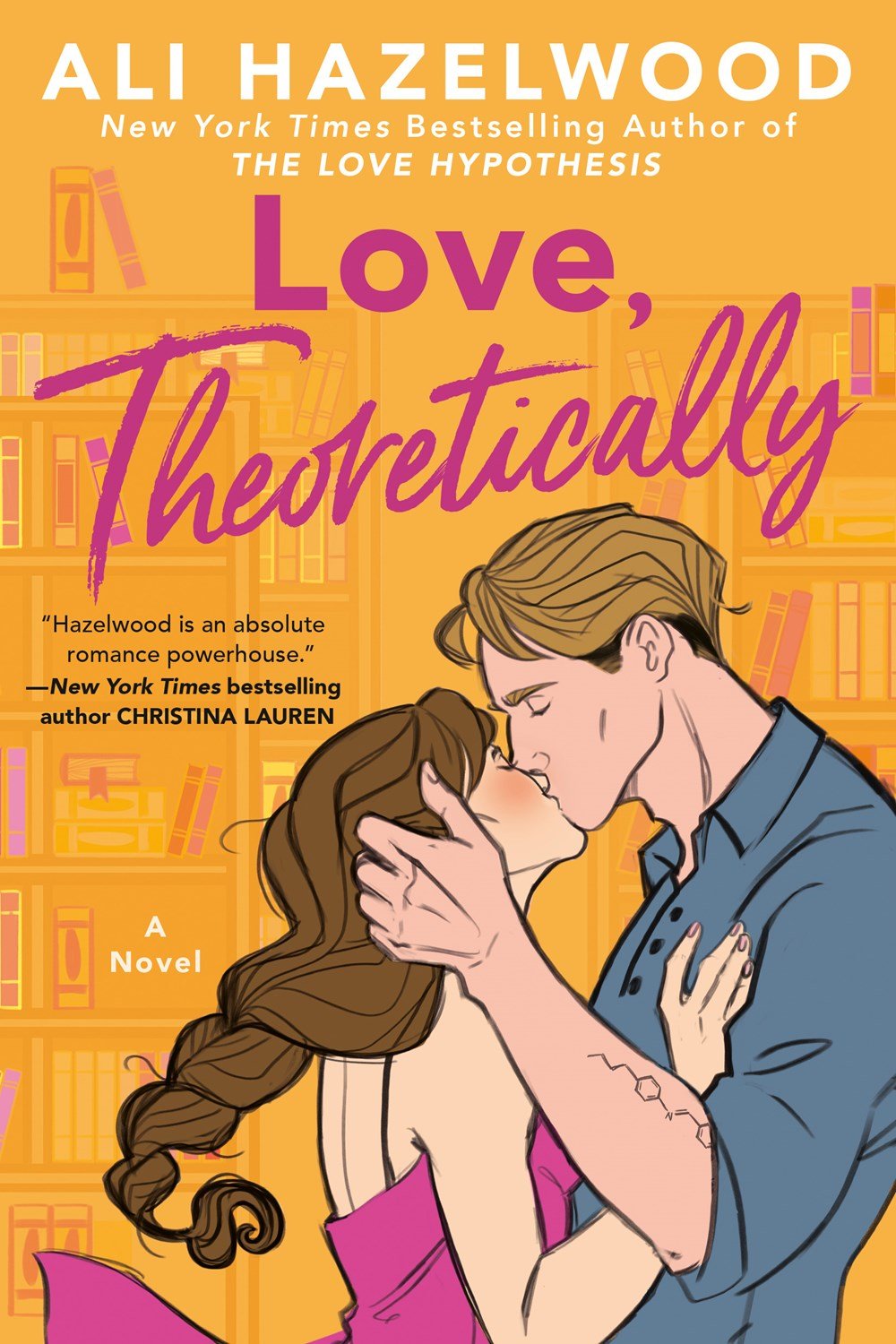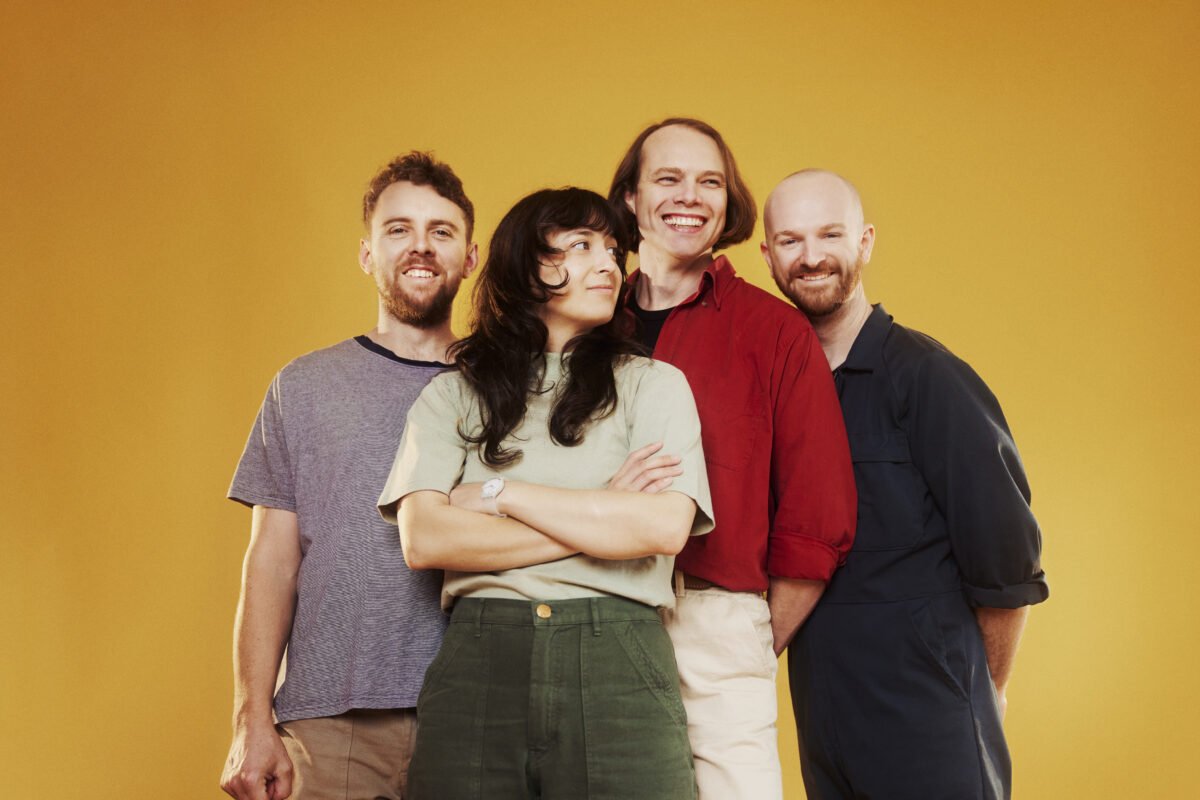Let’s call the place the Place
Last month, the city of Key West began working on improvements to the public area bounded by Front, Greene and Whitehead streets in front of the Custom House, one of our grandest and most important public buildings (and now an excellent museum run by the Key West Art & Historical Society). Today, the Citizen ran a photo by Rob O’Neal showing the area scraped clean, the obelisk at the center wrapped up.
I’m very glad this historically important area is getting attention - especially the obelisk, which was erected by the Key West Navy Club in 1866, dedicated to Union soldiers and sailors who died here during the Civil War (almost all of them of yellow fever). More on that below.
But here’s the thing - all the city releases and press coverage and I’m afraid to think of how many official documents refer to this area as Clinton Square. But that’s not its name. It’s Clinton Place.
If you doubt me, I refer you to “Key West: The Old And The New” by Jefferson B. Browne, the 1912 book considered Key West’s first comprehensive history. On page 52, he details how different streets and sites were named, including “‘Clinton Place’ after DeWitt Clinton of New York.” Referring to the dedication of the obelisk on page 62, he refers to it as “Clinton Place, the small triangular plot at the intersection of Front, Whitehead and Greene Streets… ”
Today In Keys history column, produced by the Monroe County Public Library’s Florida Keys History Center, as it appeared in the Key West Citizen on July 25, 2024.
“Triangular” is the key word here. Besides not being its actual name, “Clinton Square” is an embarrassing error of basic kindergarten-level geometry. When the state acquired the Custom House in the early 1990s and the Art & Historical Society took on the restoration, then-Executive Director Susan Olsen pointed this out to me: It’s not a square. It’s a triangle.
This may seem like a small nitpick, but facts matter. This is true in journalism and it’s true in history. We are a place that purportedly cares a lot about our history and for good reason. For a small island with a relatively small population, a lot of interesting stuff has gone down here. Our small size and geographic isolation helped keep a lot of the historic fabric intact and now it’s a major component of our multi-billion-dollar tourism and real estate economies. It matters on many levels.
And Clinton Place is, perhaps, the best examplar of Key West’s strange and interesting history when it comes to the Civil War and how it’s memorialized. We’re in Florida, the third state to secede, and the island was home to many enslavers (including U.S. Senator-turned-Confederate Naval Secretary Stephen Mallory, whose mother’s boarding house was also in that neighborhood - but who was not, it turns out, the person for whom Mallory Square was named). Key West stayed in Union hands because an enterprising Army captain occupied still-under-construction Fort Taylor soon after secession but there were a lot of Confederate sympathizers in the local population. And in the 1920s, at the height of Jim Crow, when many notable citizens were in the Klan, the United Daughters of the Confederacy put up a pavilion in Bayview Park, with full honors from the mayor and local dignitaries.
In the 1930s, the state of New York donated a memorial nearby, to honor the dozens of soldiers who were stationed here and died of aforesaid yellow fever. That pavilion has recently been renamed with the city’s official motto, One Human Family. And in 2016, the city added a statue honoring the Black Union soldiers recruited here, right in front of the pavilion.
Clinton Place in 2015. Photo by Nancy Klingener
Clinton Place might have the most interesting memorial evidence of all, though. That obelisk, memorializing the Union troops who died here is surrounded by a low fence with a plaque proudly claiming that it was “ERECTED BY J.V. HARRIS, CONFEDERATE VETERAN.”
Just as the Stephen Mallory Chapter of the United Daughters of the Confederacy is still engraved at the base of the One Human Family pavilion at Bayview Park, I hope that fence and its plaque also remain through the improvements to Clinton Place.
Just like Clinton Place’s real name, the real history of Key West’s role in the Union victory - and the backlash afterwards - is part of our island’s history and our residents and visitors deserve to know the truth.
Here are a couple more images of Clinton Place from the Florida Keys History Center’s photo archive, just because they’re cool.
Clinton Place in front of Custom House ca. 1918. The Heritage House Collection, donated by the Campbell, Poirier and Pound families. Monroe County Public Library, Florida Keys History Center.
Custom House on postcard by Frank Johnson, Key West. The DeWolfe and Wood Collection. Monroe County Public Library, Florida Keys History Center.















